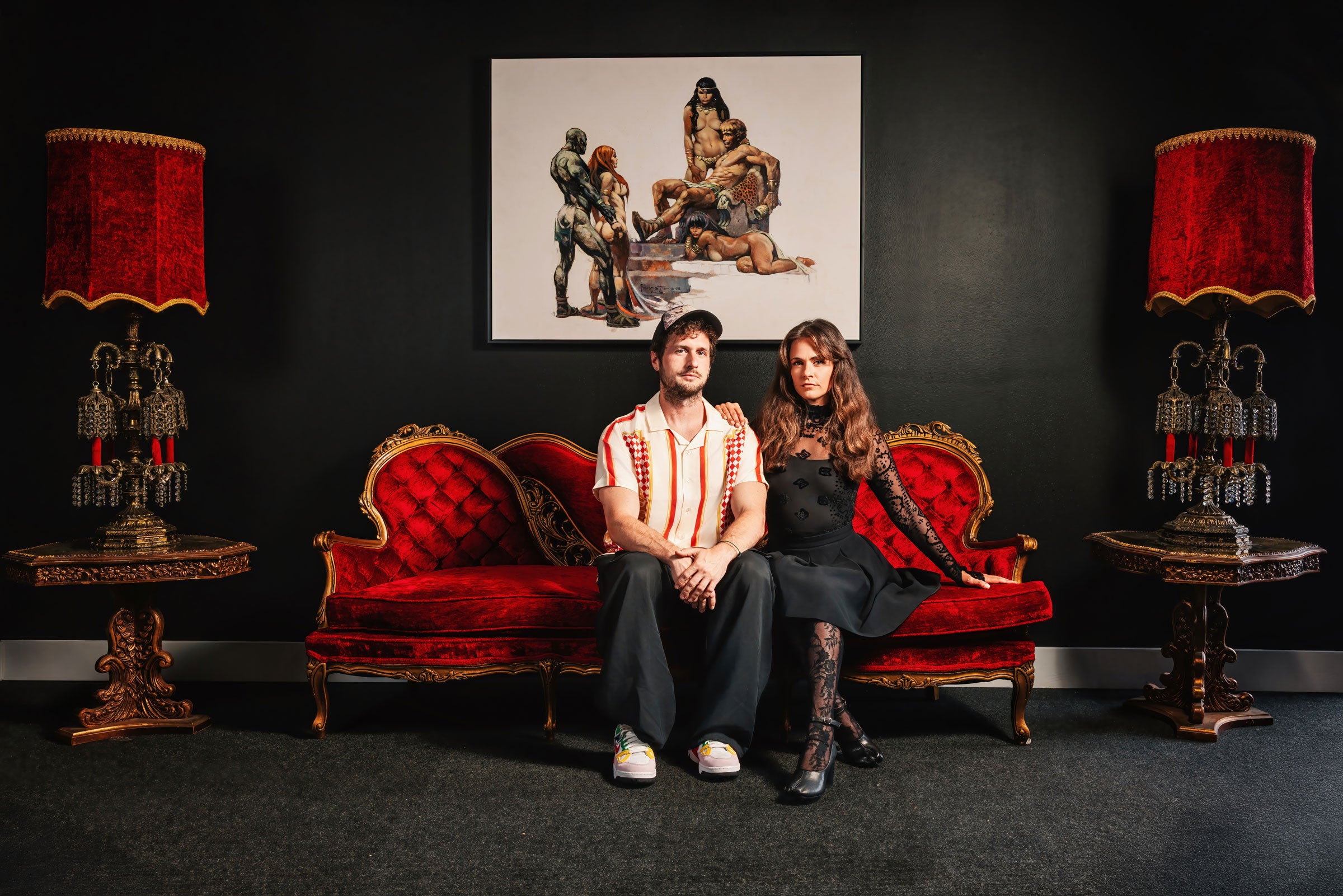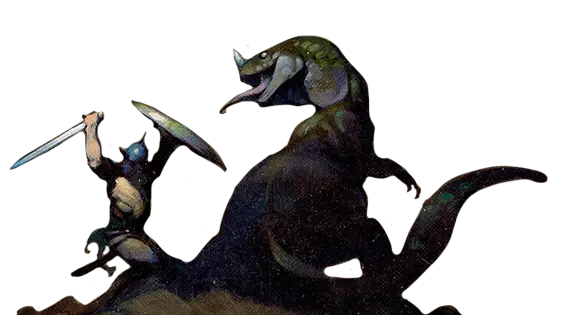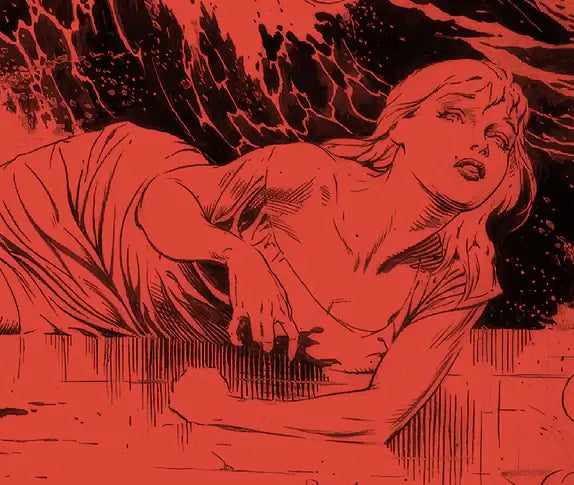ABOUT US
A Family Brand Preserving the Legacy of Frank Frazetta

Joe Weber & Sara Frazetta — the team behind Frazetta Girls. Legacy. Vision. Family.
Frazetta Girls™ is a family-owned brand dedicated to preserving and celebrating the legacy of Frank Frazetta, the master artist who redefined fantasy art. Founded in 2013 by Holly Frazetta, Frank’s daughter, and Sara Frazetta, his granddaughter, our mission is to honor Frazetta’s visionary work and introduce his bold, imaginative worlds to new generations.
Today, the brand is led by Sara Frazetta and her life partner, Joe Weber, who has served as director since 2016. With over 20 years of experience in product development and commerce, Joe spearheads the creative direction of the brand, bringing a modern, strategic approach to expanding Frazetta’s influence across industries.
At Frazetta Girls, every product is designed in-house by our dedicated team, ensuring that each release reflects the quality, authenticity, and craftsmanship worthy of Frazetta’s legacy. We partner with trusted manufacturers to produce premium cotton apparel, high-end screen prints, bone china dishware, and collectibles—all rooted in a commitment to artistic excellence.
In 2023, we launched ICON Collectibles™, our official action figure and statue line, bringing Frazetta’s legendary characters to life as museum-quality collectibles. We also collaborate with the legendary properties Frank illustrated for—including Conan Properties, Edgar Rice Burroughs, Inc., EC Comics, Dynamite’s Vampirella, and Creepy/Eerie—ensuring his work continues to shape fantasy art, storytelling, and pop culture.
Since our inception, our partnerships with Supreme, Magic: The Gathering, Epiphone, and CASETiFY have brought Frazetta’s iconic art into the worlds of fashion, gaming, and music—cementing the reach and impact of the Frazetta Girls brand.
As a family-run company, we remain deeply committed to protecting Frank Frazetta’s legacy and sharing his work with fans around the world. We’re grateful to be building a community united by a shared admiration for his timeless art. Thank you for being a part of our journey. Together, let’s keep the magic and wonder of Frank Frazetta’s legacy alive for generations to come.
OUR TEAM
-

Sara Frazetta Founder
Founder
-

Joe Weber
Director
-

Diego Klein
Lead Designer
-

Eamon O’Donoghue
Art Director
ICON Collectibles™






